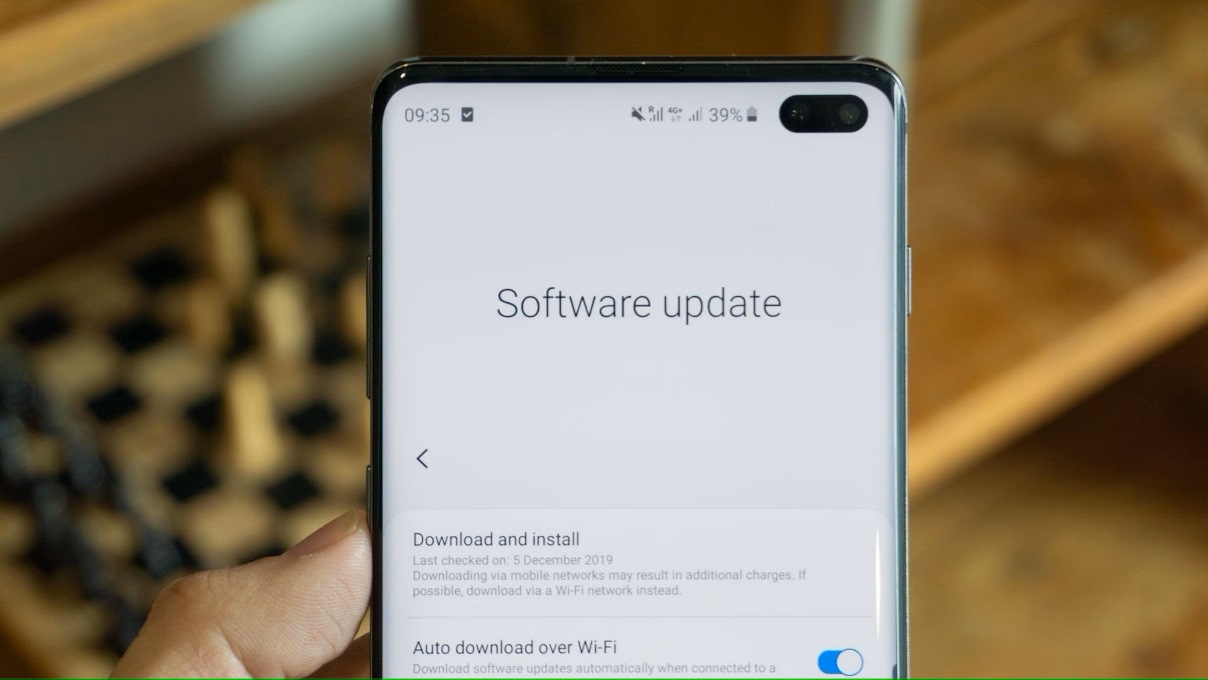Because of Android's new policy, it will be harder for Samsung to avoid seamless updates to its smartphones

As you know, the possibility of seamless updates was announced by Android a long time ago. This feature first appeared in Google Pixel smartphones back in 2016. But Samsung has been trying hard all this time to avoid the new update system. Despite the fact that the South Korean manufacturer is taking so long to accept the new rules without adopting the update method, it may be too difficult for Samsung to continue to deny it in the near future.
Here's What We Know
The Seamless Updates feature refers to the ability to continue using the phone while updates are downloaded and installed. This is done by running the active partition while the inactive partition updates in the background. When it's time to reboot, the phone will switch to the updated partition.
So far, Samsung has avoided using seamless updates by sticking to the traditional method. Even the latest Galaxy S24 series still lacks this feature. It was thought that Android 13 might force Samsung to switch to the new update method, but Google hasn't made seamless updates a firm requirement. But that status quo could change, according to a comment found on the Android Open Source Project (AOSP). This means that Android is preparing to remove support for non-A/B updates. In other words, only various forms of seamless updates will be supported going forward. A/B refers to the two sections used for seamless updates. If support for non-A/B updates is discontinued, Samsung and other dissenting companies will technically no longer be able to perform updates the traditional way.
The traditional method has its pros, such as taking up less storage space. Also, the traditional method tends to take less time to update. However, using this method also means that you'll have to stare at the download screen until the process is complete.
However, as journalist and blogger @MishaalRahman points out, Samsung could still technically opt out of using seamless updates. The company could develop its own update mechanism for use with its devices, or it could simply undo Google's changes to affected Android versions.
The only way for Google to force Samsung to use A/B updates is to include them in Android compatibility requirements or through GMS licence agreements for Google apps. The South Korean company revisited this with the release of Android 13, but ultimately failed to fulfil this requirement, resulting in Samsung still skipping seamless updates in its Galaxy smartphones.
Source: 9to5Google